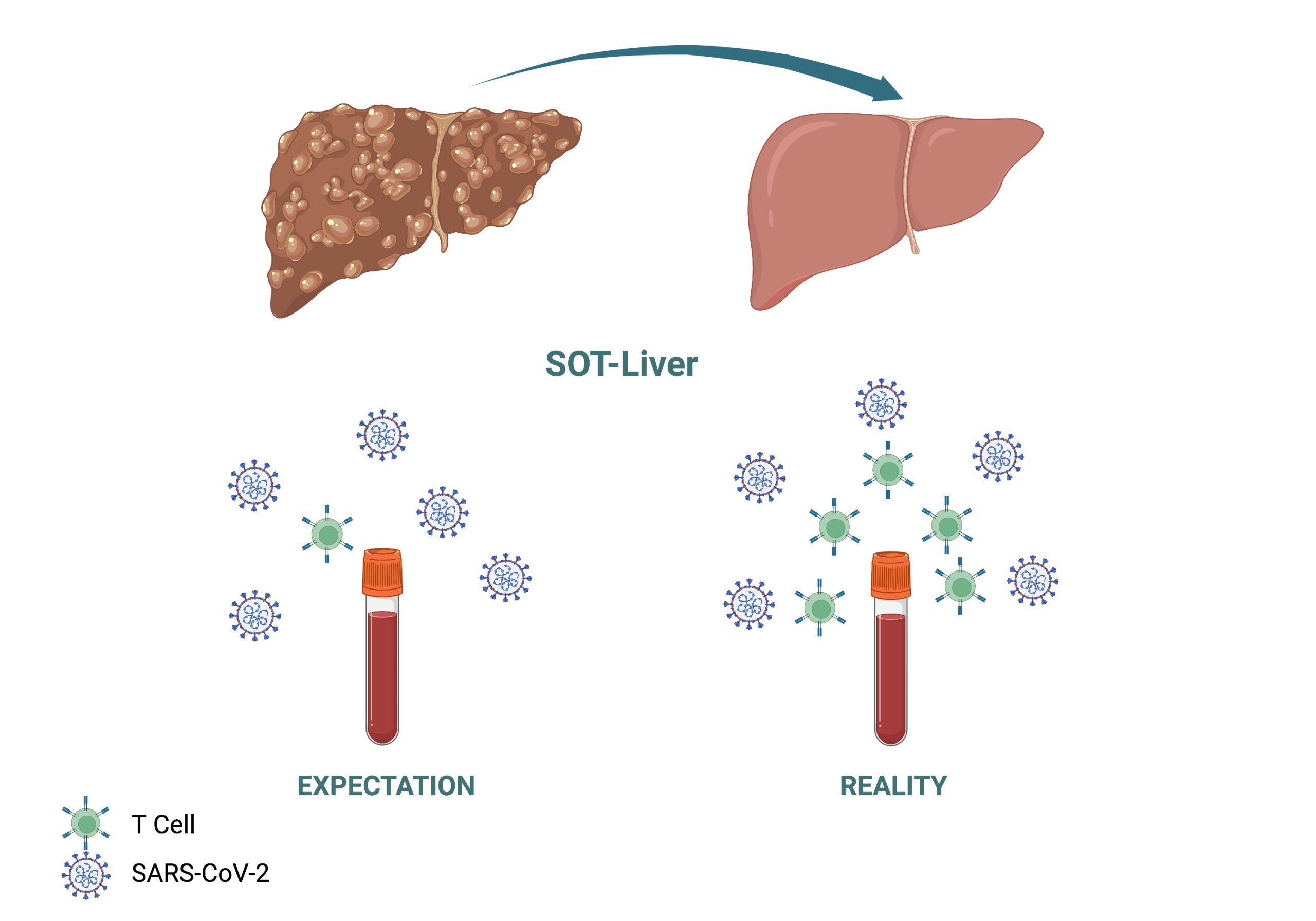The coronavirus SARS-CoV-2 has led to more than six million confirmed deaths worldwide to date throughout the course of the COVID-19 pandemic. While SARS-CoV-2 enters the body through the respiratory system into the lungs, it can also induce damage in other organs. For instance, the sense of smell, which is mediated by the olfactory sensory neurons in our nose along with our brain, is lost in some COVID patients. How this virus affects our ability to smell is a puzzling question, and one that has been investigated by a team led by Dr. Zazhytska in the Lomvardas lab at Columbia University. They have tirelessly worked on solving this puzzle throughout the COVID shutdown period, and their discoveries, which have recently been published in the journal Cell, have started to provide some key answers.
We can smell the scents around us because the olfactory receptors in our olfactory sensory neurons bind to odorant molecules, relay the information through signaling molecules, and eventually signal to our brain (Figure 1). Dr. Zazhytska and her colleagues found that SARS-CoV-2 was rarely detected in the olfactory sensory neurons themselves, indicating that the virus probably doesn’t gain access to our brain through these sensory neurons. In fact, the most commonly infected cells are the neighboring sustentacular cells (Figure 1b), which are important in maintaining the health of the layer of olfactory cells, including the neurons. If the sustentacular cells die, the sensory neurons can be exposed to a stressful environment without support. Thus, the shutdown of the olfactory system might be an indirect effect of SARS-CoV-2 infection.

(A) Signal transduction in olfactory sensory neurons. The cell membrane separates the interior of the cell (cell cytoplasm, bottom) from the outside environment (top).
(B) Anatomy of cells in the nose that are involved in smell perception.
(Figure was made using BioRender).
There are about four hundred olfactory receptor genes scattered across our genome, and each neuron only expresses one of them. This stringent setup is achieved by interactions between multiple chromosomes that bring all the dispersed olfactory receptor genes together and form a cluster in the nucleus of the neuron. This cluster arrangement of olfactory receptor genes allows the gene expression machinery to access and turn on only one receptor at a time. Remarkably, Dr. Zazhytska and her colleagues discovered that this organization is disrupted dramatically after SARS-CoV-2 infection in both hamsters and humans. Infected individuals also show reduced expression of not only receptor genes, but also key molecules that are involved in smell perception, likely as consequences of the disrupted organization.
Interestingly, when the team of scientists exposed uninfected hamsters to UV-treated serum from SARS-CoV-2 infected hamsters, which no longer contain virus, they still observed this same disorganization of olfactory receptor genes in the animals. This observation suggests that not the virus itself but some other circulating molecule(s) trigger the abnormal organization. Identifying these molecules may provide potential treatments for COVID-induced loss of smell, as well as other diseases that can affect our olfaction, including early onset Alzheimer’s disease.
Edited by: Sam Rossano, Eric Smith, James Lee, Trang Nguyen, Maaike Schilperoort
